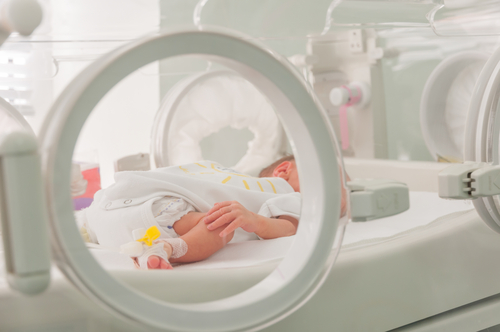 One of the most common birth injuries that can be sustained is cerebral
One of the most common birth injuries that can be sustained is cerebral
palsy. This is considered a blanket term that describes various conditions
impacting the child’s motor function abilities. Cerebral palsy can
have a big impact on the baby’s following characteristics:
- Body movement
- Muscle tone, coordination, and control
- Posture
- Balance
- Speech
- Fine and gross motor skills
It’s important to know that a problem such as cerebral palsy is not
always recognizable immediately following birth. This makes it increasingly
important for parents to understand what cerebral palsy is, the potential
causes, and the symptoms. Here are some of the basic things you should
understand about cerebral palsy.
What Causes Cerebral Palsy?
Cerebral palsy and all of its symptoms are caused by some form of brain
injury that often occurs during the pregnancy, labor, or delivery process.
The brain injury often causes delays in development, including motor functioning
and intellectual ability depending on the severity of the brain injury,
where the damage is, and what exactly happened.
Signs & Symptoms
Medically, there are eight signs that a doctor will look for in order to
help diagnose cerebral palsy in a child. These often arise during the
first several years of the child’s life. The eight clinical signs
include the following:
- Muscle Tone: Typically, the two most common signs of abnormal muscle tone will be hypotonia
— decreased muscle tone — and hypertonia — increased
muscle tone. - Movement, Coordination, and Control: This can include spastic movements, gait disturbances, fluctuating muscle
tones, poor coordination, and more. - Reflex: A child with cerebral palsy may have problems with reflexes, often causing
twitching or spasticity due to underdeveloped or non-existent reflexes. - Posture: Whereas children will typically have proper posture, children with cerebral
palsy may display asymmetrical posture where the limbs do not mirror each other. - Balance: Check to see if the child is sitting and using both hands for support,
having trouble balancing without hands, and unable to sit without using
his or her hands. - Gross Motor Function: Limited or no capability of making the common physical movements children
are expected to such as walking, jumping, and more. - Fine Motor Function: This includes actions such as grabbing small items, turning book pages,
and using crayons or pencils. - Oral Motor Function: Children will have difficulty speaking, swallowing, eating, and will drool often.
There are a number of conditions that can result because of cerebral palsy
and they often lead to lifelong issues. As a parent, you need to take
the necessary steps to get the help you need to hold the negligent party
accountable for the damages caused. At Hampton & King, our
Houston cerebral palsy lawyers are dedicated to helping families seek the justice they deserve.
Call us today for a free consultation. We’re ready to help you.




